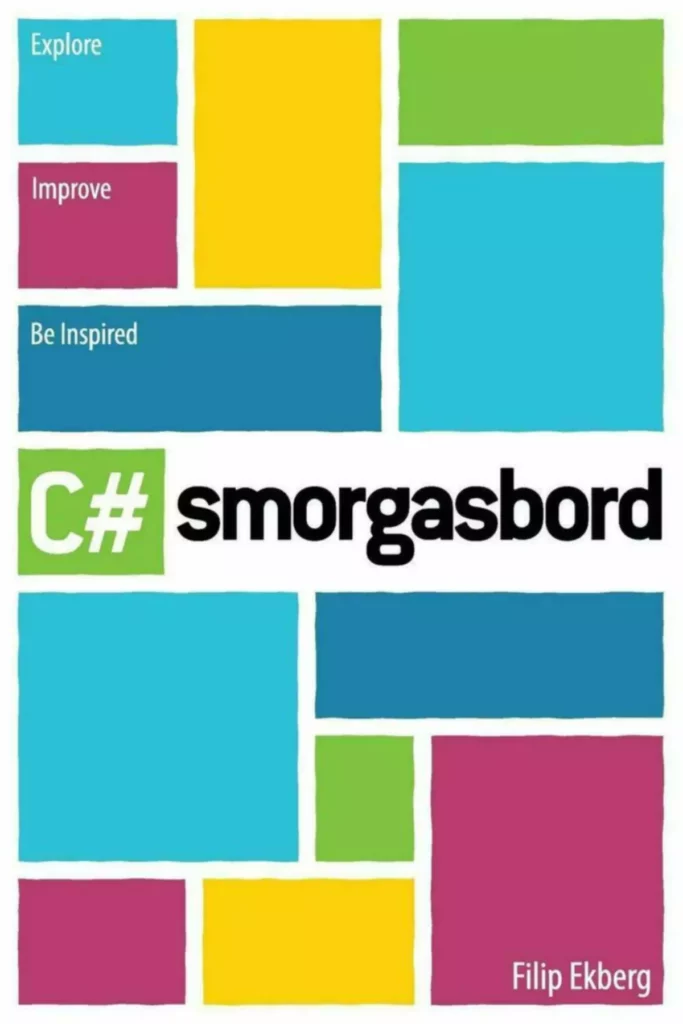A Beginner-friendly Guide To Docker Photographs With Full Command Breakdown Weblog
The docker image includes the next to run a bit of software. To create a Docker Image to host a web software, you have to use the Nginx server to serve the pages. First, you’ll have to create a dockerfile that will contain directions to build the Image.
Containers are primarily instantiated from images, and several other containers could be produced from a single image, every with its setting and sources. Finally, as we saw within the interactive method, you should use the Docker photographs command to see the image you’ve just created. The Elasticsearch and Kibana Image combo offers a strong answer for developers and information analysts dealing with massive volumes of data. Elasticsearch is a extremely scalable and diversified search engine, whereas Kibana provides an online interface for knowledge visualisation and exploration. With Docker Photographs for both Elasticsearch and Kibana, organising a whole knowledge analytics environment turns into swift and hassle-free. Docker images could be created utilizing either an interactive or Dockerfile methodology.
Docker uses the Dockerfile to construct images, so all instructions have to be stored there. It’s a simple textual content file where you can add all the commands wanted to create an image. When you execute an image utilizing Docker, it spins up a container—a live, operating occasion of the image.

Tags make it simpler to handle and deploy specific variations of a picture. For occasion, in CI/CD pipelines, you might use tags like dev, staging, and production. Cleaning up unused Docker images is essential for environment friendly useful resource management and stopping unnecessary litter.

Often Examine Photographs For Vulnerabilities
In conclusion, Docker pictures play a vital role in working containers and offering isolated runtime environments for functions. By leveraging Docker photographs, you’ll have the ability to simplify the deployment course of, improve scalability, and obtain higher flexibility in managing your functions. The concept of Picture and Container is like class and object, during which an object is an instance of a class, and a class is the blueprint of the object. In digital machines, pictures are just snapshots of running virtual machines at completely different points in time, however Docker images are somewhat bit totally different. The most necessary and major distinction is that Docker pictures are immutable.

It is a lightweight, standalone, and isolated environment that takes the static Docker image and brings it to life. Containers execute the application based on the directions outlined within the picture. They are ephemeral by design, meaning they can be started, stopped, and deleted without affecting the original image.
Dockerfile Technique
Adhering to finest practices for Docker picture administration is crucial for efficient and safe containerization. Preserving photographs light-weight, leveraging caching, and sustaining correct tagging and versioning are all important issues. Often updating images for security is also important to ensure that your purposes remain protected. Docker photographs are a foundational element of containerization, enabling builders to create transportable and constant application environments. Through their layered architecture, photographs facilitate efficient storage, pace up deployment, and enhance version control.
- A Docker image is a read-only template used to create containers.
- They define securityrequirements for working techniques, purposes, databases, and othertechnologies utilized in U.S.
- Equally, the docker push command can be used to push photographs from a local machine to a registry.
- These two principles let you to extend or add to existing pictures.
- As a outcome, LLMs struggle to suggest the best pictures, and developers lose time manually searching instead of constructing.
The Docker architecture enables consistent testing environments across developers’ machines and CI techniques. Alpine Linux bases provide minimal footprints while maintaining performance. This light-weight container approach has turn into why docker is used standard in manufacturing environments.
The picture layers system creates efficient storage whereas the Dockerfile syntax provides a declarative way to construct reproducible purposes. Here you can see the method to use the Dockerfiles to specify instructions to create a customized Docker Picture. This image makes use of a base picture and builds several intermediate layers on prime of it which are created by each subsequent instruction. Please notice that Docker Photographs are simply templates that you have to use to create software development environments referred to as containers.
Now that you have realized the fundamentals of photographs, it’s time to find out about distributing pictures by way of registries. In addition to pulling a Docker image, you additionally learned about the layers of a Docker Image. 80 is the port the container is exposing for the host to entry. To discover a STIG picture variant within a repository, go to the Tags tab in therepository, and discover images labeled with STIG within the Compliance column. Even exterior of federal environments, STIGs are utilized by security-consciousorganizations as a benchmark for hardened system configurations. Configures this workflow to run each time a change is pushed to the department referred to as release.
Create A Docker Picture Without A Dockerfile?
Using Docker pictures in improvement helps us maintain things the sameacross different environments. For more insights into thebenefits of Docker, verify our article on whatare the benefits of using Docker in growth. Docker makes use of caching, the method of storing Docker image layers, to enhance the CI/CD course of. By storing every layer, caching increases the velocity of making light-weight Docker images. Light-weight pictures with a brief build time make it quick and simple to deploy applications in several environments.
Difference Between Docker Photographs And Containers
The Dockerfile strategy is your go-to technique if you’re seeking to build enterprise-grade containers. The interactive methodology is quick and easy to use, especially if you’re a beginner developer. But it can make you create unnecessary layers and multiple unoptimized pictures. Suppose of an image as a template, so while it could exist independently, https://deveducation.com/ you can’t execute it.
To set the working listing for any commands that follow within the Dockerfile. Subsequent, you’ll must know the name or ID of your running container instance. In this ultimate section, we’ll cover the 2 different methods of making Docker pictures in somewhat more element, so you can begin placing your information into practice.
